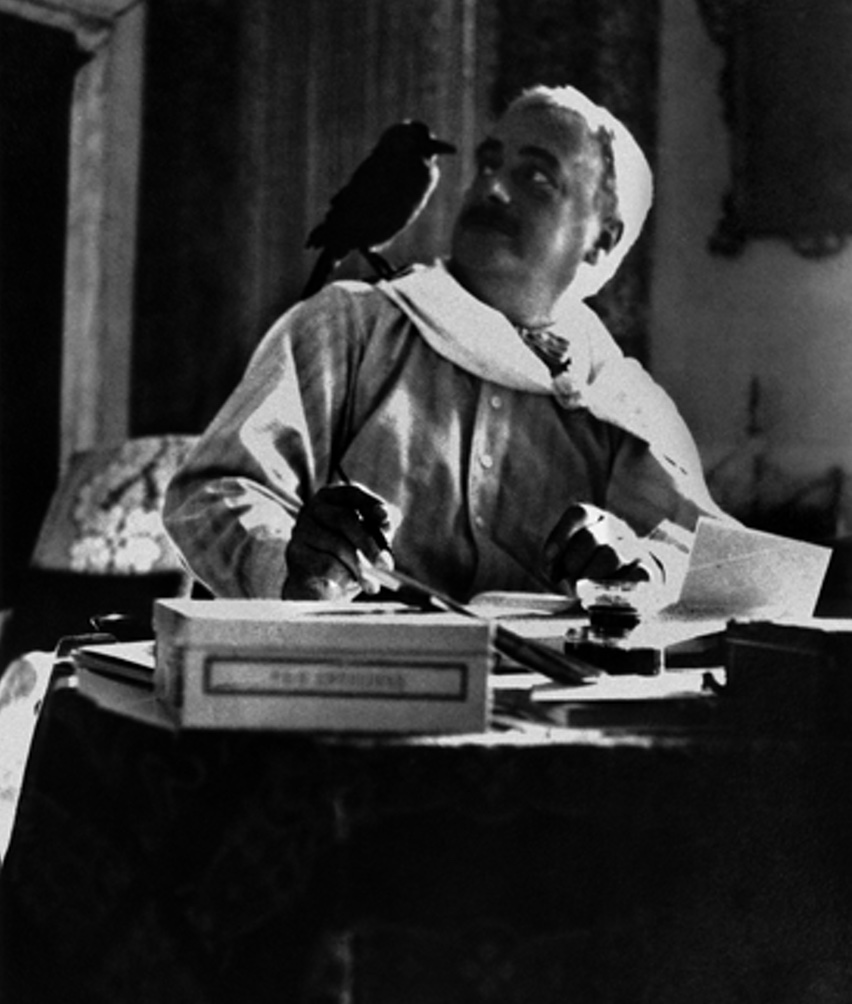Throw a stone (metaphorically!) in the Met’s Greek and Roman galleries and you’re sure to hit an antiquity procured for the museum in the early 20th century by John Marshall. Although not terribly well known today, his impact in the antiquities market is difficult to overstate. And this photo of the man himself, at his apartment on the Via Sistina in Rome with his pet crow perched upon his shoulder (life goals!) is pretty wonderful in itself.
Marshall studied Classics at Oxford and was no slouch as a scholar. But perhaps more important than his academic underpinnings was his early friendship with the young Bostonian Edward Perry Warren, with whom he dabbled in a heady aesthetic lifestyle at Lewes House. First Warren and then Marshall became heavily involved in the chaotic European antiquities market during the 1880’s and 90’s.

Marshall’s tenure as the Met’s primary buying agent for antiquities came in 1906 – a fortuitous period seeing the Classicist Edward Robinson as incoming director, Gisela Richter as head of the department – and in twenty years took the museum’s motley holdings of Cypriot art (thanks to Cesnola) and plaster casts to a world class collection of Greek and Roman originals.
As various factions cheer or bemoan changes to the antiquities market in recent years, it’s worth remembering that Marshall’s activities in Rome spanned a period of immense change to the regulations regarding excavation and exportation of archaeological material, particularly in Italy. His success was underpinned by deep scholarly knowledge of ancient art and keen understanding of the market, but also a willingness to play within a constantly changing legal and political framework.
Well, that was an atypical Sunday ramble. I’ll be stepping up efforts to befriend my neighbourhood crow for the rest of the day…



